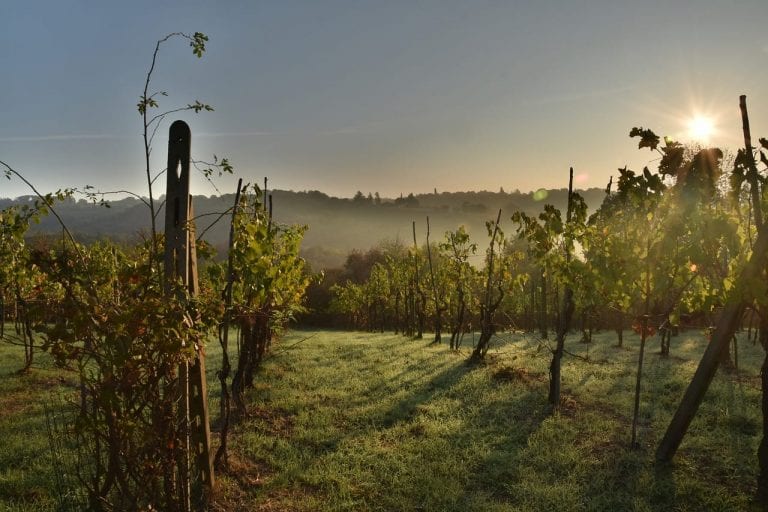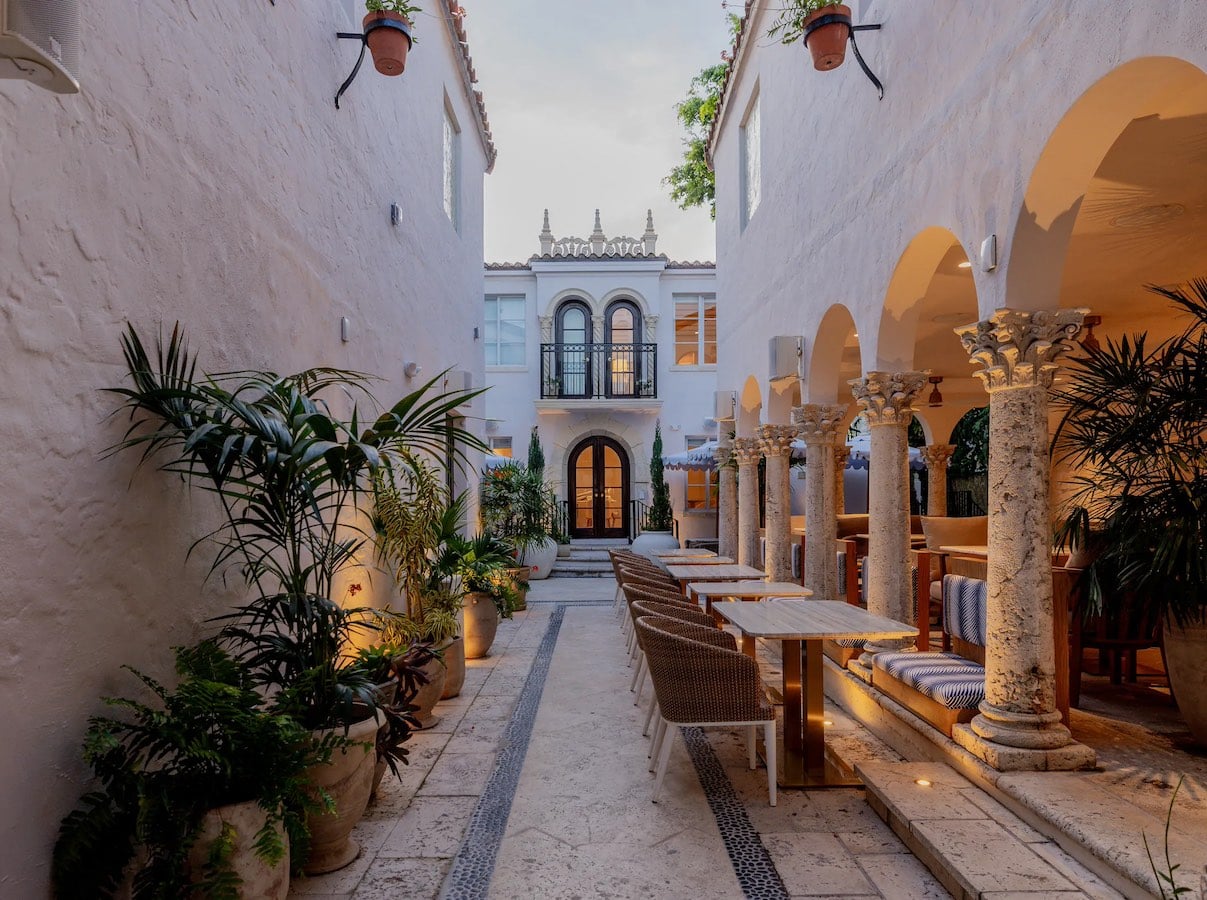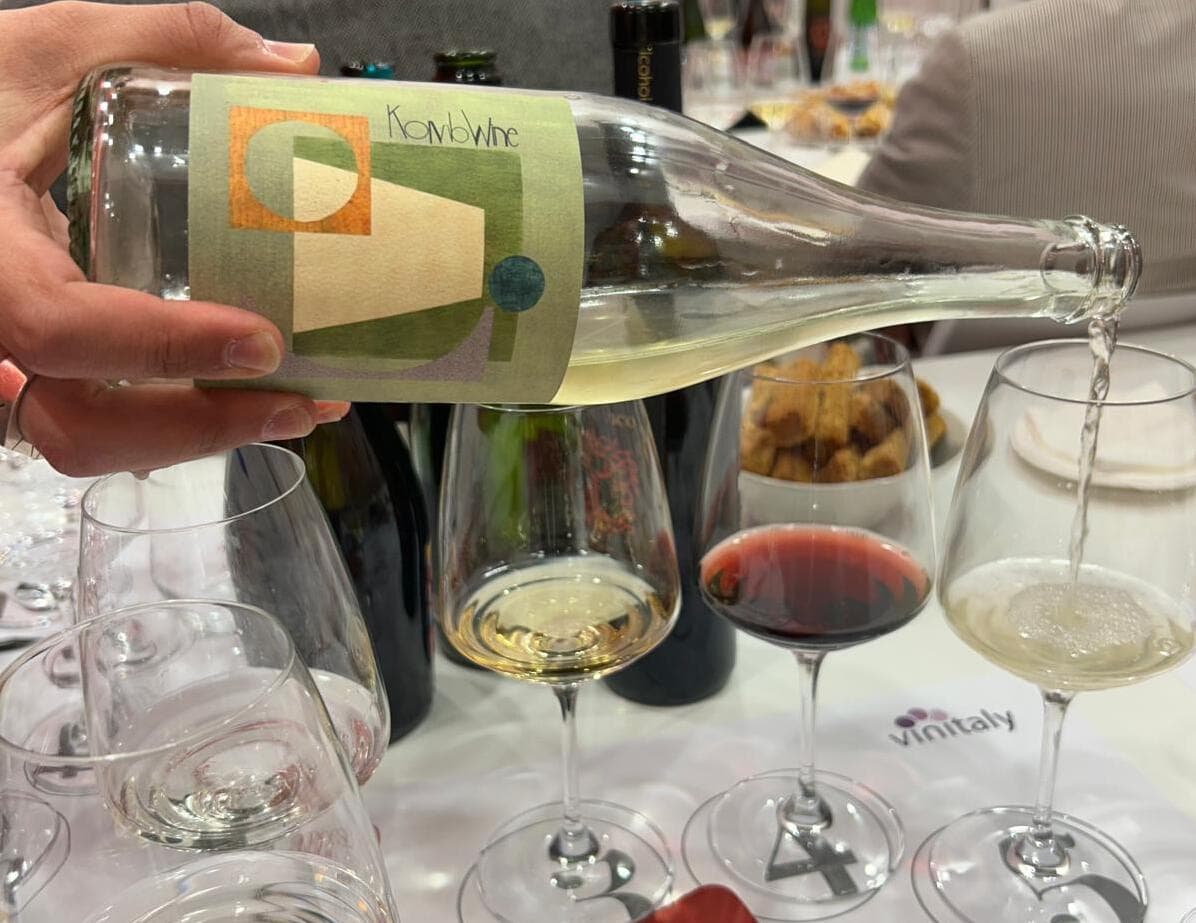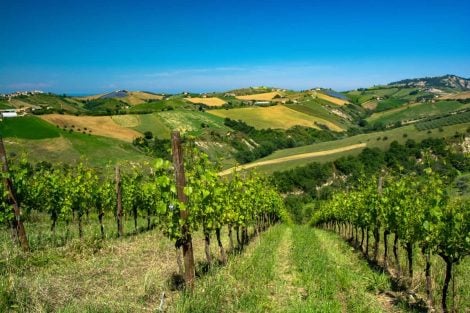Tre Bicchieri in Tuscany
Tuscany is one of Italy's most important wine regions, with many different territories making up a compelling, diverse mosaic of extraordinary quality. There are many historic areas, with appellations that have built Italy's reputation for excellence in the world, while others have been more recently 'discovered', but are proving capable of emerging with equal strength. The same goes for growers, producers and wineries. If on the one hand we find families hailing from an incredible lineage, with centuries of history behind them, on the other there's no lack of young blood, new winemakers capable of fully integrating with the region's oenological fabric. If we look at the last 50 years, we realize that many of the trends under discussion were born here. Just to give a few examples, there's the supertuscan revolution and the turbo-modernist era launched in the 1990s, the return to the 'territorial' wines popular today, not to mention the meteoric rise of certain production zones.
The best wines of Tuscany
We're thinking of Bolgheri, obviously (as well as other Maremma areas), but the list could be long: from the biodynamic district of the Lucca hills to the growth of Pisa, from the original wines of the Apennines (foremost Pinot Nero) to Cortona. And then there are the areas with a long tradition. Far from static, on the contrary, they're all more or less moving towards rebirth, growth or redefinition. Just look at the magnificent world of Chianti Classico, increasingly prominent and convinced of its role, a territory whose future we predict will be even brighter. And then there's the development of Nobile di Montepulciano and San Gimignano Vernaccia, the region's white queen. But everywhere you go you find great wines, even in more isolated and less stylistically developed areas. Last, but not least, there's Montalcino, undoubtedly the appellation of the moment, thanks in part to the excellent 2016 vintage.


 Versace opens a super hotel with an Italian restaurant. Here's what Donatella Hotel & Restaurant in Miami will be like
Versace opens a super hotel with an Italian restaurant. Here's what Donatella Hotel & Restaurant in Miami will be like At The Crown Tirana, service and quality at the highest levels
At The Crown Tirana, service and quality at the highest levels We tasted Komb(w)ine, the new product that combines grape must and kombucha. Here’s our verdict
We tasted Komb(w)ine, the new product that combines grape must and kombucha. Here’s our verdict What changes for the export of Italian wines to China under the new regulations?
What changes for the export of Italian wines to China under the new regulations? “Forget dealcoholised wines. The future is Komb(w)ine.” Moser and Ravizza present a new grape must-based product
“Forget dealcoholised wines. The future is Komb(w)ine.” Moser and Ravizza present a new grape must-based product






